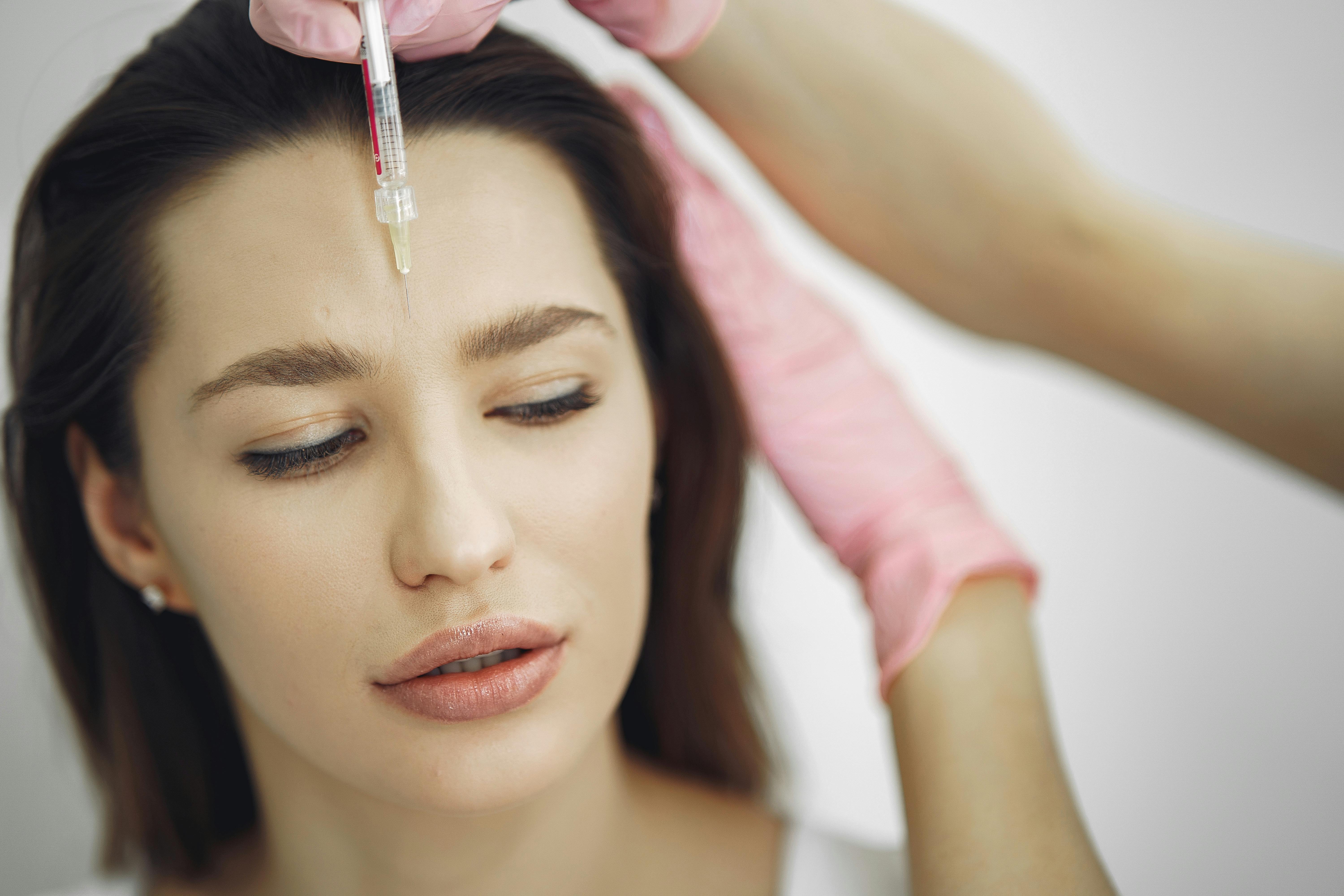Rejuvenating Your Appearance: The Science and Art of Botox
Botox, known scientifically as Botulinum toxin, has taken the beauty and cosmetic industry by storm. Originated from a bacterium called Clostridium botulinum, this substance has an intriguing history that spans centuries. From its discovery in the 19th century to its transformative role in aesthetic medicine today, Botox has become a household name. This article delves into the fascinating journey of Botox, its role in the beauty industry, and its impact on societal perceptions of aging and beauty.

The Historical Journey of Botox
Botox was first discovered in the early 19th century by German doctor Justinus Kerner. Initially, it was linked to food poisoning from improperly prepared meat, which led to a condition known as botulism. The bacterium Clostridium botulinum, responsible for this condition, was isolated in 1895 by Emile van Ermengem.
In the 1950s, scientists discovered that injecting small amounts of this toxin into overactive muscles could cause temporary relaxation, opening up a new avenue for treating conditions such as strabismus (crossed eyes) and blepharospasm (uncontrolled blinking). The therapeutic use of Botox was approved by the FDA in 1989. However, its cosmetic potential was realized only in the late 1990s when it gained popularity for its wrinkle-softening effects.
Botox in the Beauty Industry
Today, Botox is a key player in the billion-dollar beauty industry. It’s used widely to reduce facial wrinkles and fine lines, giving clients a more youthful appearance. This non-surgical procedure involves injecting the toxin into specific muscles, causing them to relax and smoothing out the skin above.
Botox has revolutionized the cosmetic industry and remains one of the most popular treatments, thanks to its minimally invasive nature and quick results. According to the American Society of Plastic Surgeons, Botox treatments account for nearly half of all minimally invasive cosmetic procedures performed in the United States.
Impact and Reception of Botox
The acceptance and demand for Botox have been fueled by a societal shift towards accepting cosmetic enhancements. It has become a symbol of self-care and empowerment, with more people viewing it as a way to maintain their appearance rather than drastically change it.
However, it has also sparked debates about the pressure to remain youthful and the fear of aging in society. Critics argue that the normalization of Botox contributes to unrealistic beauty standards and the devaluation of natural aging.
The Science Behind Botox: Unveiling the Mystery
Botox’s function is a marvel of biology. It works by blocking the signals from nerve cells reaching muscles, effectively leaving the muscles without instructions to contract. This results in a temporary smoothing effect on the skin, reducing the appearance of wrinkles and fine lines.
While it is a potent neurotoxin, the doses used in cosmetic procedures are extremely low, making it safe for use under professional guidance. The effects of Botox are temporary, usually lasting between three and six months, after which the muscles gradually regain their function.
The Future of Botox
The use of Botox is continually expanding, with research exploring its potential in treating conditions beyond its current applications. Apart from its cosmetic uses, it’s also being used to treat conditions like migraines, excessive sweating, and even overactive bladder.
Stemming from its roots in the medical field, Botox’s future looks promising. Its potential, both in aesthetics and therapeutics, is far from fully tapped. As researchers continue to explore this toxin’s capabilities, it’s clear that Botox will remain a significant part of the beauty and medical industries for years to come.
In the world of beauty, where trends come and go, Botox has stood the test of time. Its journey from a deadly bacterium to a sought-after beauty treatment is an impressive testament to the power of scientific innovation and our ongoing quest for aesthetic perfection. As we continue to redefine beauty standards and embrace the science behind them, it’s clear that Botox will continue to play an influential role.




